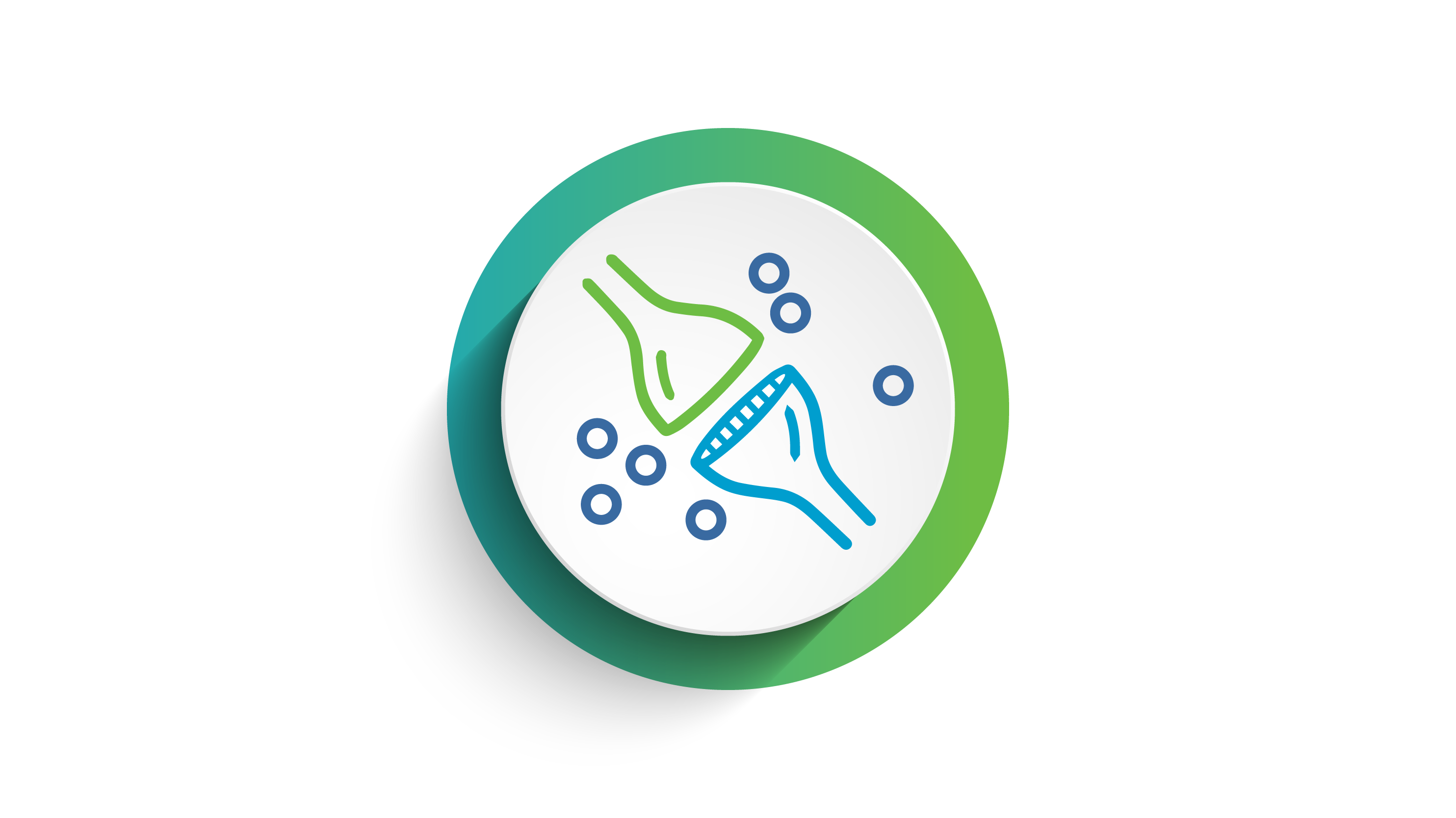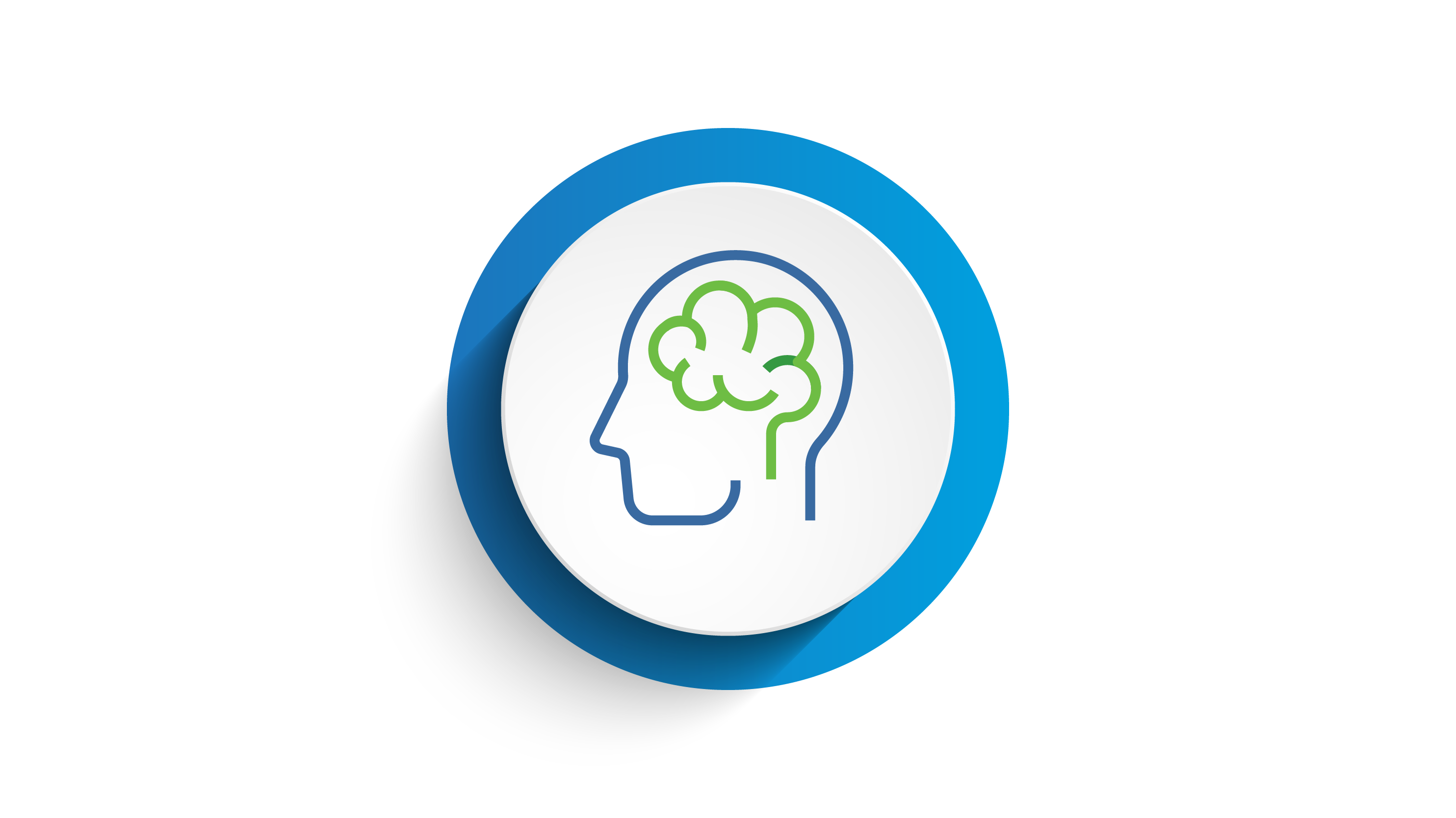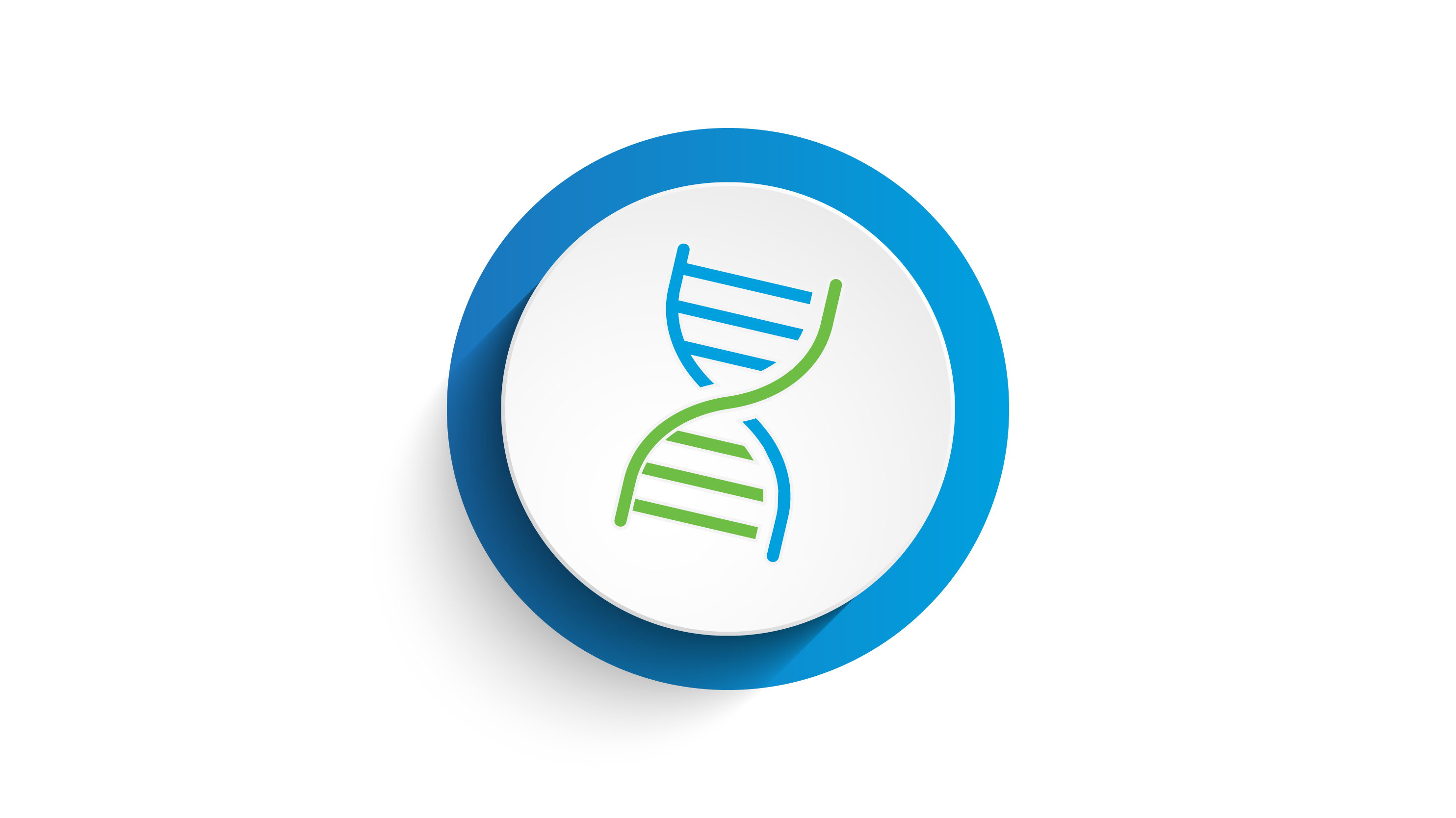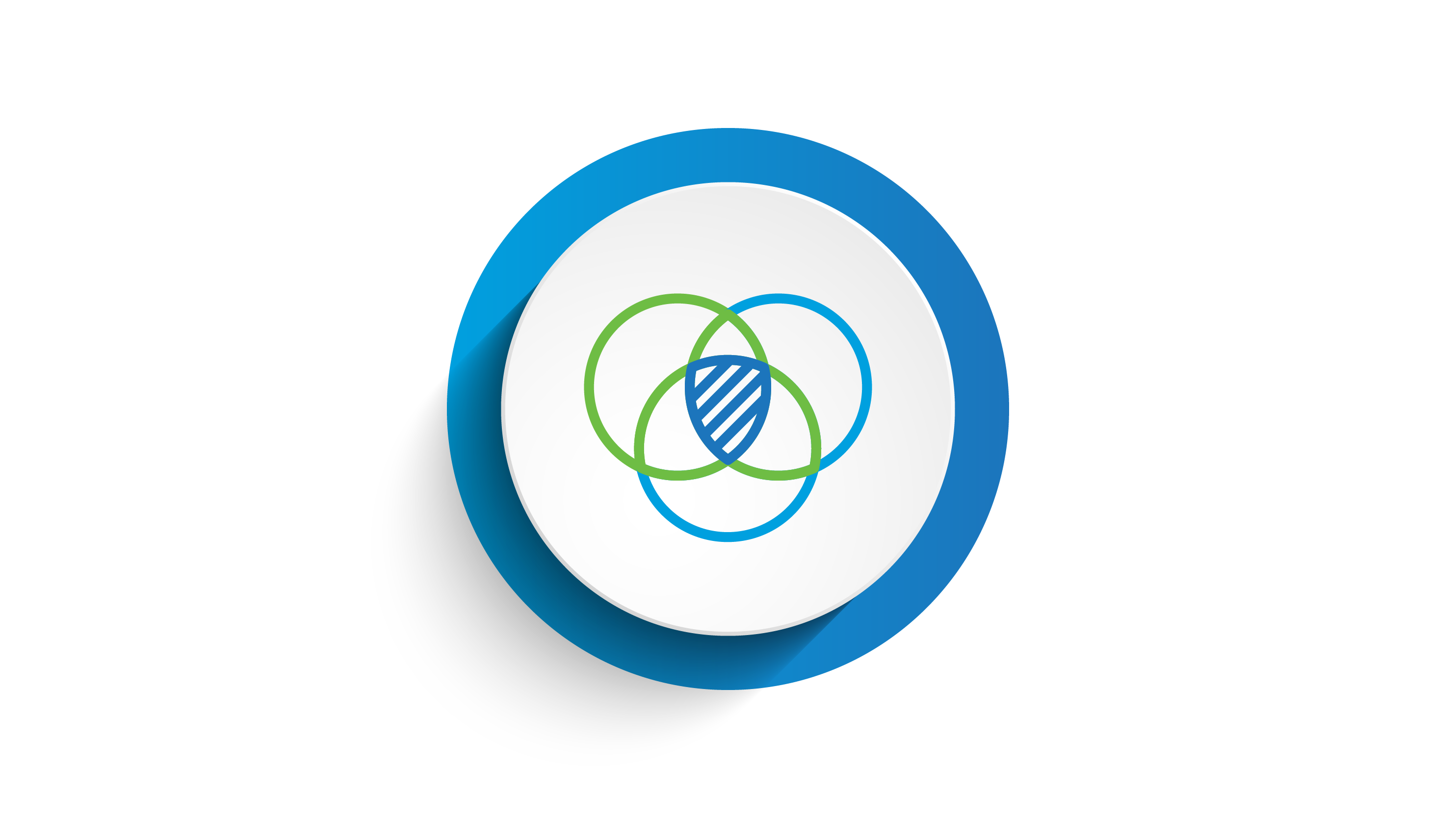Causes of MDD

What causes MDD?
While the precise cause of MDD is unclear, a number of contributing genetic and environmental factors have been identified, that are discussed in detail below.
A meta-analysis of studies estimated that:


The interaction between genetic and environmental factors is not well understood, with two hypotheses attempting to explain how this affects the brain regions associated with mood and emotion:


Additional symptoms and considerations for subtypes of MDD include the following:
| Monoamine theory | The observation that symptoms of depression are alleviated by increasing synaptic concentrations of monoamines gave rise to the theory that depression is a deficiency of central noradrenergic and / or serotonergic systems. While this hypothesis has supported the development of various pharmacologic interventions for depression, it does not provide a specific mechanistic explanation for the development of depression. |
| Neuronal plasticity theory | Neuronal plasticity allows organisms to adapt in response to changes in their environment. These changes to gene expression may be transient or permanent. There is mounting evidence that epigenetic changes can result in synaptic alterations (reduced synaptic connections) in brain regions associated with mood and emotion. |
| Glutamate synaptic plasticity theory | Glutamate is the most abundant excitatory amino acid neurotransmitter in the central nervous system, and is a primary player in the neurocircuitry of mental illness. A major function of glutamate receptors is the modulation of synaptic plasticity, critical for memory, learning, and potentially an antidepressant response. |
Note: ‘Synaptic plasticity’ refers to the activity-dependent modification of the strength or efficacy of synaptic transmission at pre-existing synapses.

Risk factors in MDD

The risk of MDD in an individual is nearly three times as high if a first-degree relative also suffers from the condition.
Genome-wide analyses have identified 44 independent loci that confer an increased risk of MDD, with more than 150 significant genes implicated. These best matched gene expression patterns in prefrontal and anterior cingulate cortex; anatomical regions of the brain that show differences between MDD patients and controls.

Depression is more common among individuals who are divorced or separated compared to those who are married or cohabiting. This relationship is bi-directional; a literature review established that major depression confers a high risk for marital disruption.

Women have roughly double the risk for developing MDD compared to men. The explanation for this disparity is unclear, although women can be disproportionately affected by risk factors such as gender-based violence, socioeconomic disadvantage, and caring responsibilities.

Individuals who experience abuse or neglect during childhood are 50% more likely to develop major depression in adulthood, with an earlier age of onset compared to controls. Family dysfunction and abuse are strongly associated with depression throughout life, and higher levels of childhood abuse are associated with more severe depression.

A number of sociodemographic factors have been associated with MDD, including low income (in high-income countries), and unemployment.

Psychiatric or chronic condition comorbidity
Comorbid conditions confer an increased risk for the development of MDD:
Up to 1 in 2 patients with post-traumatic stress disorder (PTSD) also have MDD
• Among armed forces personnel with MDD, more than 3 in 10 have PTSD
• Up to half of female victims of assault will develop MDD
Numerous long-term conditions increase the risk of developing MDD - please refer back to 'Subtypes of major depression' in the 'About Major Depressive Disorder' section for further information.
Some common risk factors for subtypes of MDD
MDD subtype | Risk factors |
|---|---|
MDD subtype | Risk factors • History of violence and abuse • Historyof gestational diabetes • Caesarean section • History of depression • Higher number of prior pregnancies • Excessive weight • Sleep disturbance • Lack of social support |
MDD subtype | Risk factors • Family history of psychosis • Bipolar disorder |
MDD subtype | Risk factors SAD is more common in people living far from the equator where there are noticeably fewer daylight hours in the winter. |

To learn more about treatments for MDD, visit the 'Treatments' page.
Abbreviations
MDD, Major depressive disorder. PTSD, Post traumatic stress disorder.